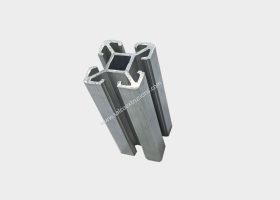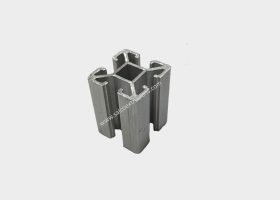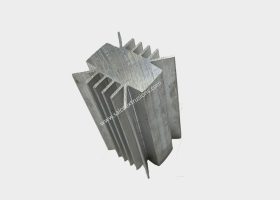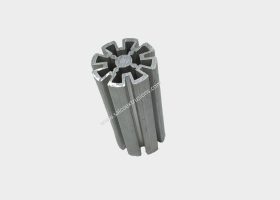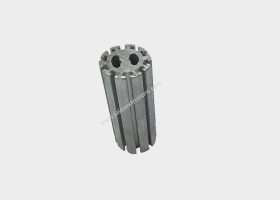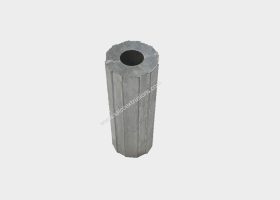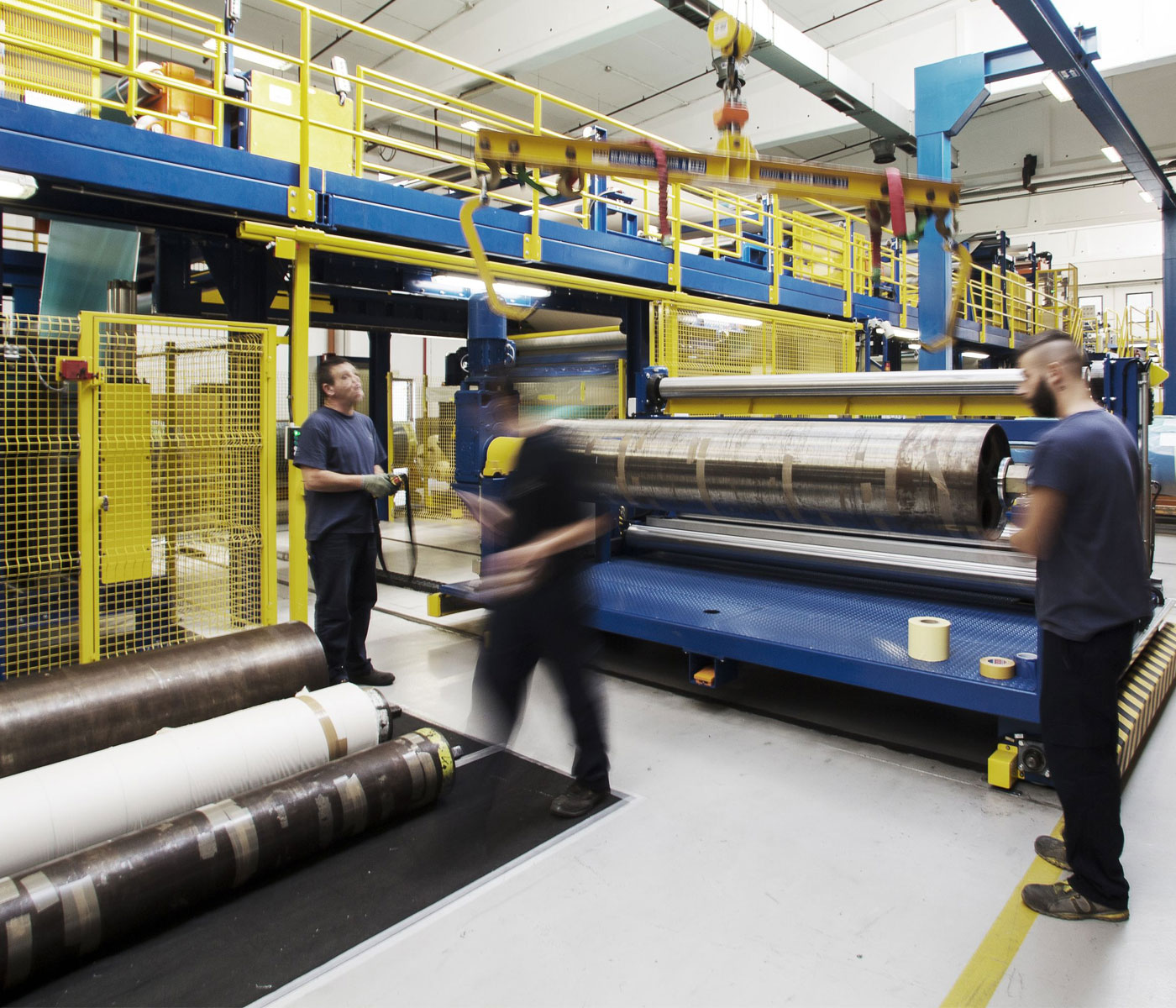
Aluminum Extrusions for Printing Blankets
Precision, Stability, and Efficiency in Printing Technology
In the world of modern printing, accuracy, consistency, and durability are paramount. Whether it’s high-speed commercial offset printing or specialized packaging solutions, the efficiency of the printing process heavily relies on the materials used in the machine components. One such crucial material innovation is the use of aluminum extrusions for printing blankets — a solution that offers strength, dimensional stability, and lightweight properties to enhance overall printing performance.
Aluminum extrusions play a fundamental role in supporting and securing printing blankets, which are essential components in offset printing systems. By providing the precise structural framework required for high-speed printing operations, aluminum extrusions help maintain tension, alignment, and flatness—ensuring consistent print quality and longer equipment life.
What Are Aluminum Extrusions for Printing Blankets?
A printing blanket is a rubber-coated fabric sheet mounted on a cylinder in offset printing machines. It serves as an intermediary surface that receives the inked image from the printing plate and transfers it onto the substrate (usually paper or packaging material). For optimal results, the blanket must remain tightly stretched and perfectly aligned, even under the stress of high-speed rotation and repeated use.
This is where aluminum extrusions for printing blankets come into play—offering the ideal mechanical support system to hold and stretch the blanket in place with precision.
Why Use Aluminum Extrusions for Printing Blankets?
1. Dimensional Stability
In high-speed printing machines, maintaining consistent alignment of the blanket is critical. Aluminum extrusions are exceptionally stable under varying temperatures and pressures, ensuring that the blanket remains perfectly flat and stretched. This minimizes distortion, misalignment, or slippage during operation.
2. Lightweight Yet Strong
Aluminum’s lightweight nature makes handling and installation easier, reducing labor costs and improving operational safety. Despite being light, extruded aluminum provides excellent strength-to-weight ratio, offering strong support without adding bulk or unnecessary weight to the rotating cylinders.
3. Corrosion Resistance
Aluminum naturally forms a protective oxide layer that makes it highly resistant to corrosion. This is particularly important in the humid, ink-filled environment of a printing press, where moisture and chemicals can cause metal parts to degrade over time. Using aluminum extrusions helps ensure long service life with minimal maintenance.
4. High Precision Manufacturing
The extrusion process allows for the creation of profiles with tight tolerances and intricate designs. Manufacturers can produce custom aluminum extrusions for printing blankets that meet exact machine specifications, including grooves, fastening systems, and mounting channels. This precision contributes to higher print quality and more consistent output.
5. Thermal Conductivity
Aluminum also offers good thermal conductivity, which can help in dissipating heat generated during high-speed operations. While not a primary feature in blanket supports, it adds value in controlling the press environment and reducing the risk of overheating or warping.
Applications of Aluminum Extrusions for Printing Blanket Systems
Aluminum extrusions serve several key functions in the mounting and tensioning of printing blankets:
1. Clamping Bars / Blanket Bars
These are extruded aluminum profiles used to clamp the printing blanket tightly to the cylinder. They are designed to hold the blanket in place under tension, ensuring a smooth and consistent printing surface. The extrusions must be precise to prevent any gaps or slack.
2. Tensioning Mechanisms
Some aluminum extrusions are part of a mechanical system that allows fine adjustment of the blanket tension. This ensures uniform contact with the printing plate and substrate, reducing issues like ghosting or uneven ink transfer.
3. Support Frames
In web printing and flexographic printing systems, aluminum extrusions may also be used as part of the frame or support structure that holds the blanket or roller assemblies. These structures must resist flexing or bending during high-speed operation.
Advantages in High-Speed Commercial Printing
High-volume commercial printers demand consistent performance with minimal downtime. Using aluminum extrusions for printing blankets contributes to:
-
Faster setup and blanket changes due to easy handling and precision fitting.
-
Reduced vibration and noise, thanks to aluminum’s damping properties.
-
Lower maintenance requirements because of corrosion resistance and mechanical stability.
-
Longer component life, even under continuous operation.
Customization and Compatibility
Aluminum extrusions can be customized to fit different printing press models and configurations. Whether the printing machine is used for newspaper production, packaging materials, or high-end color printing, aluminum profiles can be tailored to exact dimensions, shapes, and functionality—including options for anodizing, machining, or powder coating.
This versatility ensures that printers can maintain compatibility with various blanket types and press technologies, while optimizing their system for performance and cost-effectiveness.
Sustainability and Recycling
Aluminum is 100% recyclable without loss of quality. In an industry increasingly conscious of environmental impact, using recyclable materials like aluminum aligns with sustainability goals. Many printing equipment manufacturers now prefer aluminum extrusions not only for their performance but also for their reduced environmental footprint.
Conclusion
The use of aluminum extrusions for printing blankets is an excellent example of how material science enhances printing technology. By offering strength, precision, corrosion resistance, and light weight, aluminum extrusions contribute significantly to the reliability and efficiency of modern printing systems.
As demand for faster turnaround times, better print quality, and more sustainable production grows, aluminum will continue to play a critical role in shaping the future of the printing industry—one extrusion at a time.
